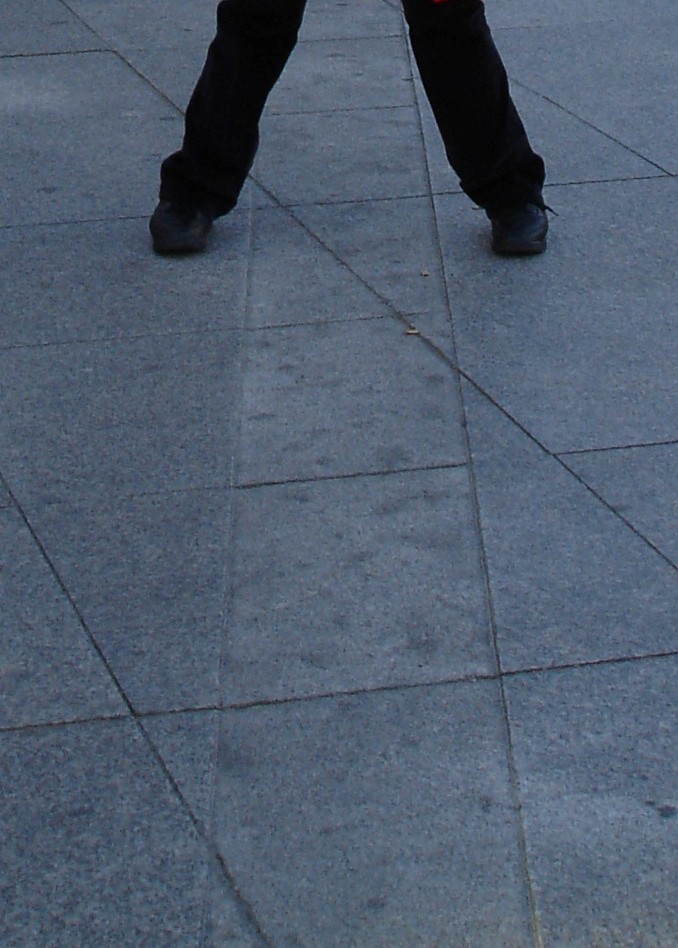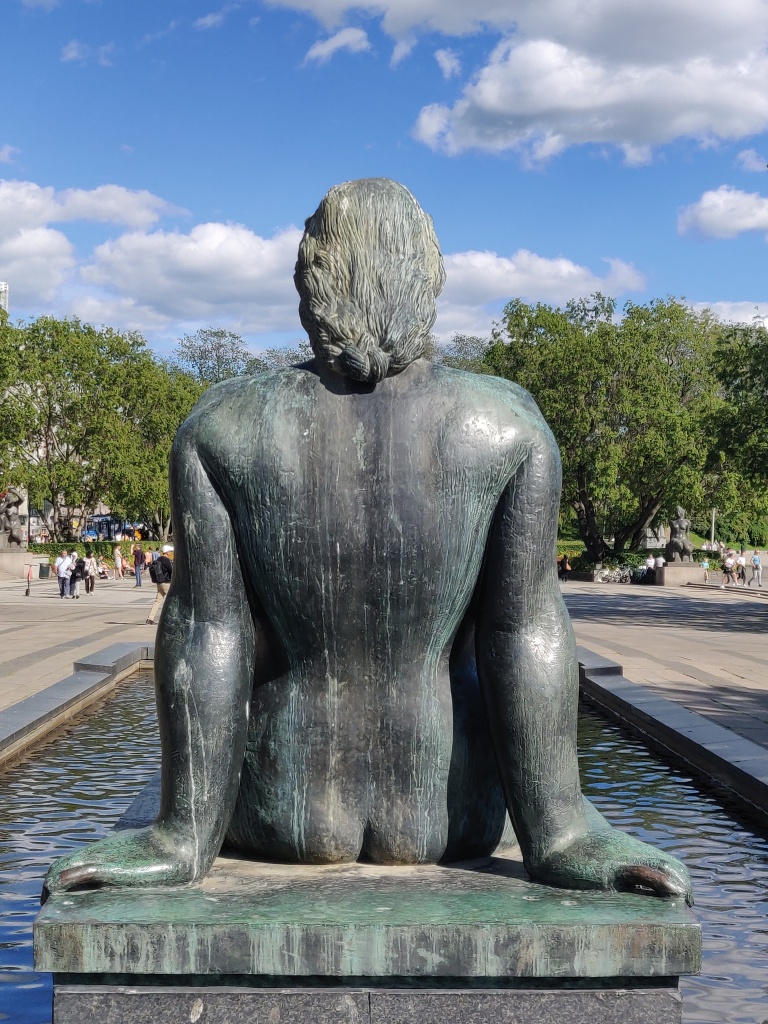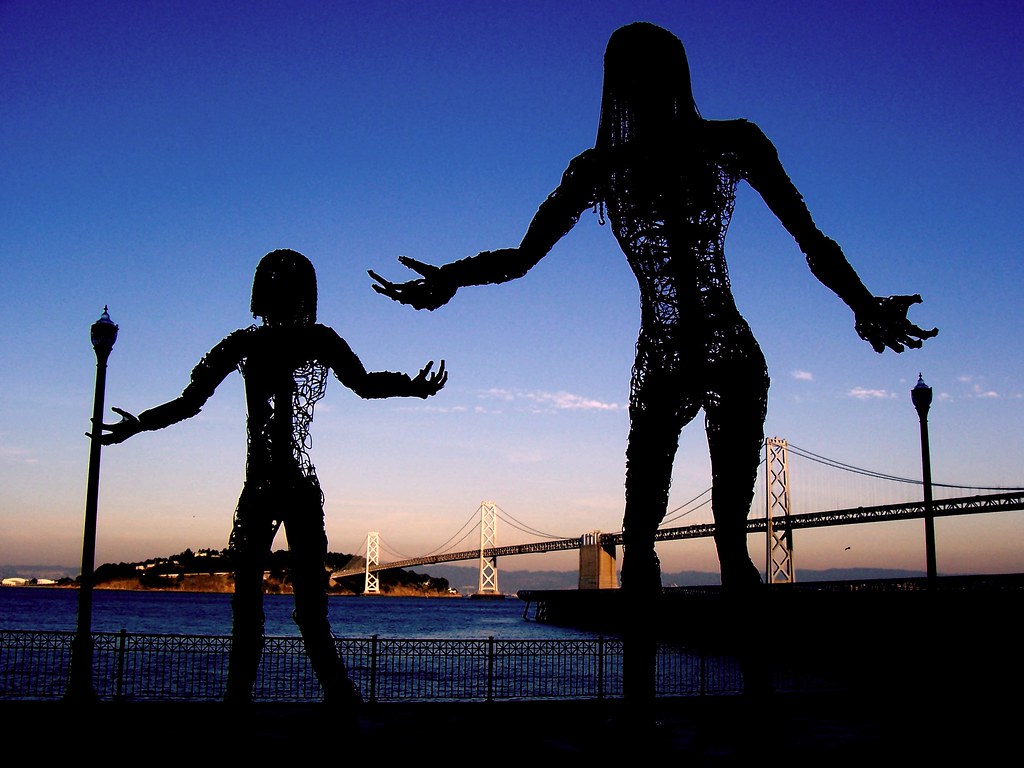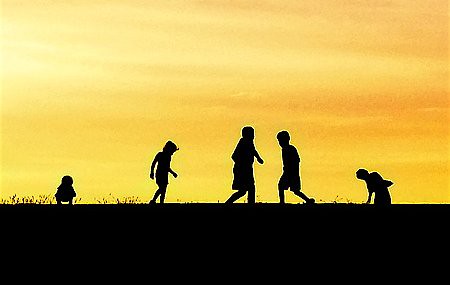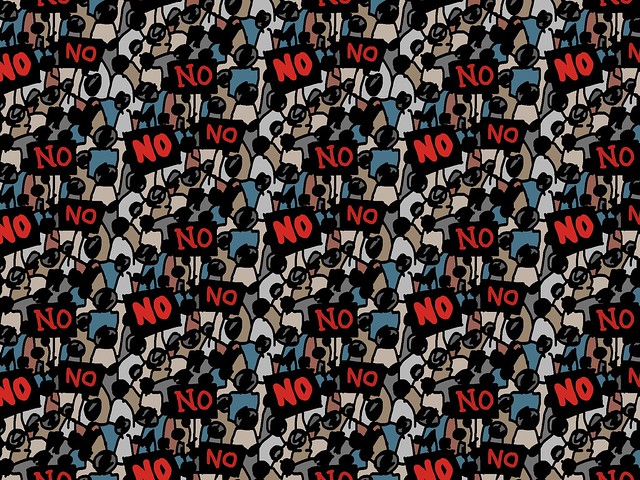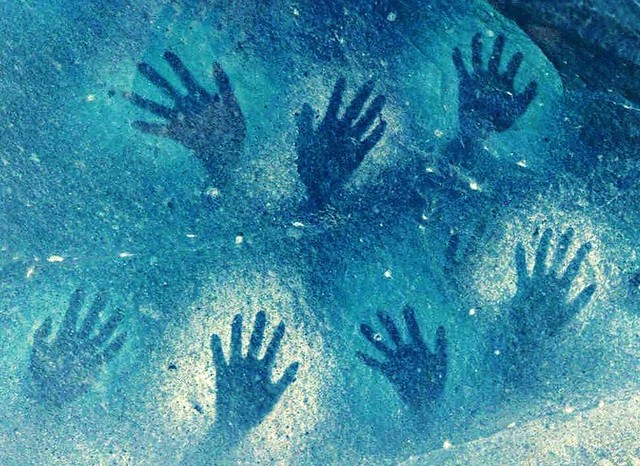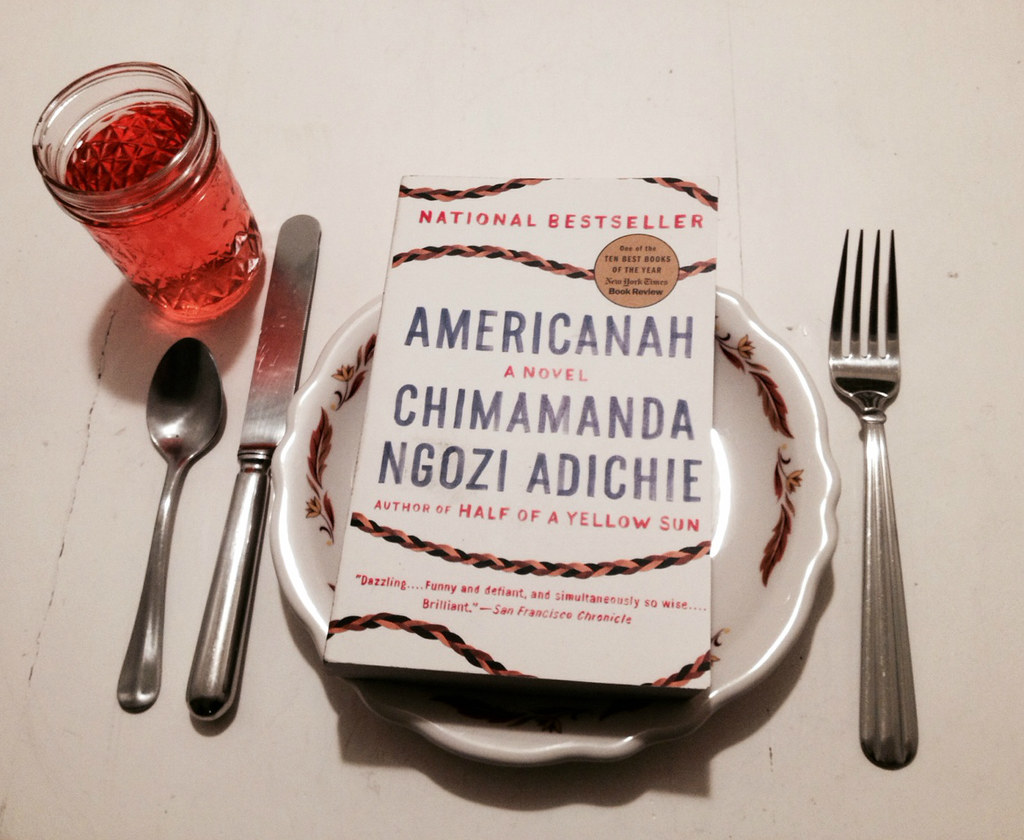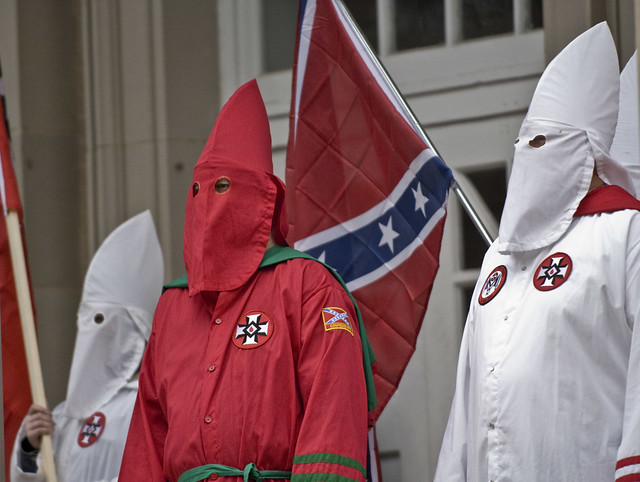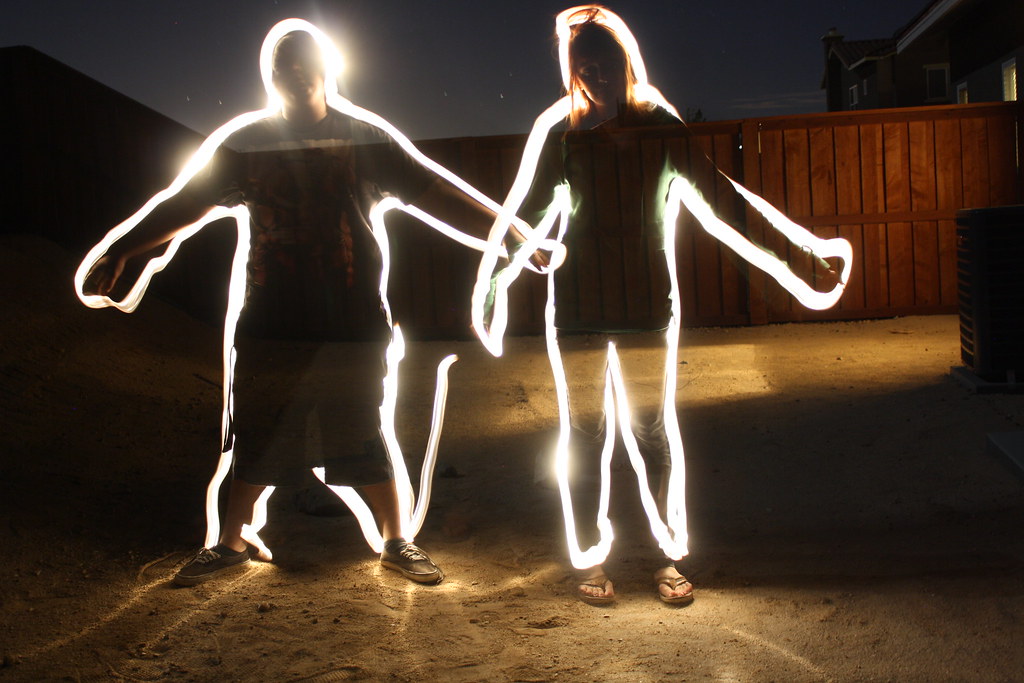
From the Archives
Can we stop using the words “nerd” and “geek” interchangeably? Forgive me if this doesn’t sound like the most pressing social justice issue of our time, but hear me out. I think the distinction is subtle but significant.
Geeks are a subculture. They like science fiction usually because it’s built around ideas posed by math and the natural sciences, just as literature is built around ideas posed by the humanities. If you don’t have a big appetite for Star Trek, the Hitchhiker’s Guides, or video games, you’re probably not a geek. Just like if you don’t enjoy nature, long hair, or folk rock music, you’re probably not a hippie.
Nerds, in contrast, simply share one trait: wanting to learn almost everything there is to know about a subject at the expense of their cool factor. And it seems to me that there’s a little nerd in all of us. From trivia and statistics to random factoids, a nerd examines a topic down to what Slate calls “the granularity that would glaze the eyes of a normal, well-adjusted human.” Sometimes the eye-rolling this brings on is fueled by inane rules for style that value keeping the lowest common denominator very low. But anyone with social intelligence knows that it’s also unfair to demand everyone share your love for a subject, no matter what it is.
I try not to look bored when friends expound upon existentialism, or when my dad gets excited about weather statistics, but I can likewise put them to sleep with monologues about typography or Russian grammar. I have a hard time looking thrilled when my husband analyzes the meal he cooked for us in too much detail, or when my uncle gets out his car magazines, but I get the same looks from outsiders whenever I discover a fellow classic rock fanatic. An obsession with trivia—in any area—will forever be the opposite of a social lubricant. Saying, “I’m such a nerd” with a sheepish grin usually means, “I love something to a degree that might ruin the evening if you ask me about it.”
But traditionally, the nerd word is used much more specifically. Nerd hobbies are thought to be geeky. Nerd intelligence almost always means “book smart.” The Urban Dictionary says a nerd is “one whose IQ exceeds his weight.” A gardener and a mechanic can be skilled, but only botanists and engineers can be nerds. Why?
One summer in my early teens, I was sunbathing at a friend’s house and talking about the new atlas I had bought. “I’m hoping that someday I can identify all the flags of the world,” I smiled, with perhaps a bit too much enthusiasm.
My friend’s mother frowned and asked, “Why?! Just to be better than everyone else?”
She knew how to repair a motorcycle. I knew the names of the world’s nations. Why was my knowledge automatically seen as a pretension? (I was too embarrassed and too young to dare to ask her, but I wish I had.)
A lot of it has to do with social status, however ridiculous that is. We tend to see bookish people as the inventors of ideas and therefore the brains. People working in production and maintenance are the realizers of the ideas and therefore the salt of the earth. Artists are classified depending on which of these two groups they appeal to: Classical composers and jazz musicians make high art for the “elite,” while rappers and country singers make soul for “the people.” (Artists who appeal to both are gods and everyone wants to sleep with them.)
Self-proclaimed nerds sometimes defend these rigid categories, reassuring themselves that the only reason anyone would malign their expertise is meat-headed jealousy. This is certainly true in many cases. The stereotypical anti-intellectual will lash out when someone’s way of life threatens to highlight his weaknesses. But the stereotypical ivory tower snob will sneer when someone’s way of life threatens to highlight his weaknesses. Both the belligerent athlete and the arrogant mathlete lack the emotional intelligence to recognize that both trigonometry and football require brains. Both topics can be obsessed over in nauseating detail. But Western society—which places an inordinate emphasis on IQ—has yet to be convinced of this. IQ tests define “intelligence” as strong mathematic and/or verbal skills, and so do most of us when we describe someone as “smart.” This is wildly inaccurate and unhelpful.
Howard Gardner’s theory of multiple intelligences turns 30 this year, but we have yet to adopt the concept into our common parlance. The theory currently identifies seven forms of intelligence:
1) Logical-Mathematical Intelligence – useful to chemists, accountants, physicists
2) Linguistic Intelligence – useful to writers, speech therapists, managers
3) Kinesthetic Intelligence – useful to athletes, surgeons, carpenters
4) Visual/Spatial Intelligence – useful to photographers, architects, engineers
5) Musical Intelligence – useful to composers, dancers, poets
6) Interpersonal Intelligence – useful to counselors, salespeople, politicians
7) Intrapersonal/Introspective Intelligence – useful to philosophers, artists, parents
(Some groups have promulgated a theory of Culinary Intelligence, as well as Sexual Intelligence.)
So there are more than two ways to be “smart.” It seems logical to conclude that people choose their jobs based on combinations of intelligences. A speech therapist needs both linguistic and interpersonal intelligence, whereas a songwriter needs linguistic and musical intelligence. A dancer needs musical and kinesthetic intelligence, while a soldier needs kinesthetic and spatial intelligence. Take that, IQ tests.
But this shouldn’t come as a big surprise. Every one of us knows someone who’s read a hundred books but can’t fill out a tax form. Or who can identify every bit of green in your backyard but can’t analyze news stories in a historical context. Or who can counsel people with all sorts of problems but can’t dance for the life of them. Or who can sew the coolest costumes but can’t make strangers feel comfortable. We should all be big enough to take pride in our talents and to be teased for our weaknesses. Especially if we’re going to start fully accepting people with certain disabilities.
The theory of multiple intelligences does not claim that everyone is a genius in their own way. Everyone knows a good guitarist isn’t as smart as a great guitarist. But the theory asserts that a great guitarist is no smarter than a great nurse or a great ballerina or a great chemist. So why then do we call the chemist “smart” and the others “talented”?
And why isn’t the soccer nut who won’t stop analyzing the semi-final games called a nerd? Why isn’t the housewife who goes on and on about how to master pie crust recipes called a nerd? Maybe it’s because these activities are socially condoned: A guy is expected to love sports and a housewife is expected to love baking. Maybe by choosing less socially accepted hobbies, people of high IQ monopolize the term “smart” as a consolation prize. Maybe the term “nerd” still carries too much stigma for socialites to desire it. Maybe if we broaden the use of these words, maybe if everyone recognizes their inner nerd, then maybe some social barriers will be knocked down along the way.
I’m not expecting utopian results. We’re all doomed to clash over our passions because no one can be expected to obsess over the intricacies of every subject on earth. Whenever I get together with a friend who works as a computer programmer, it’s a fight over whether we play games that reward strategy (like Monopoly), or games that reward vocabulary (like Scattergories). He’s geekier than I am, but he’s not nerdier. In any case, I always get my way because I’m bossier.
Originally published January 13, 2013
Tags: Ableism, Education, Geek, Intelligence, Multiple Intelligence Theory, Nerd

